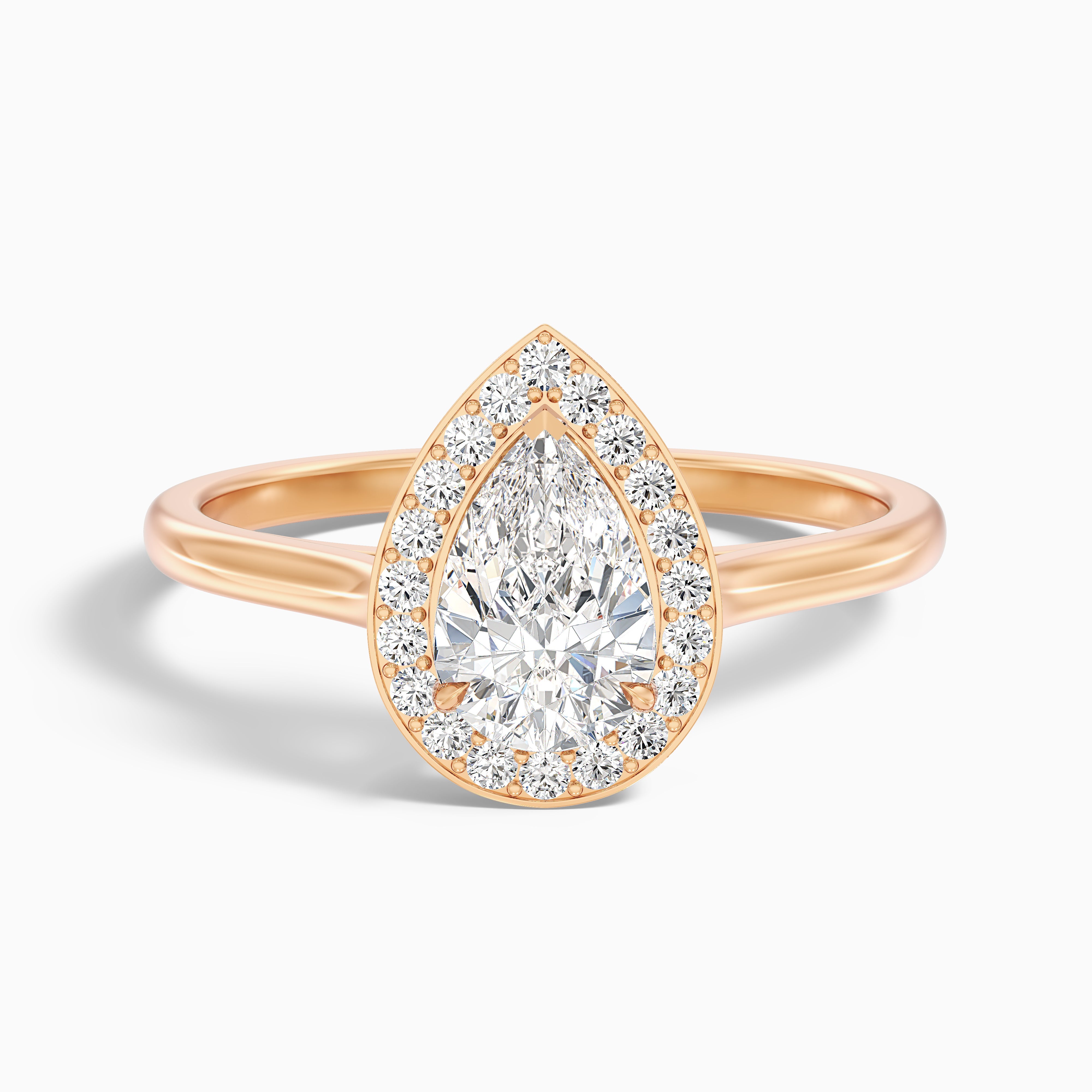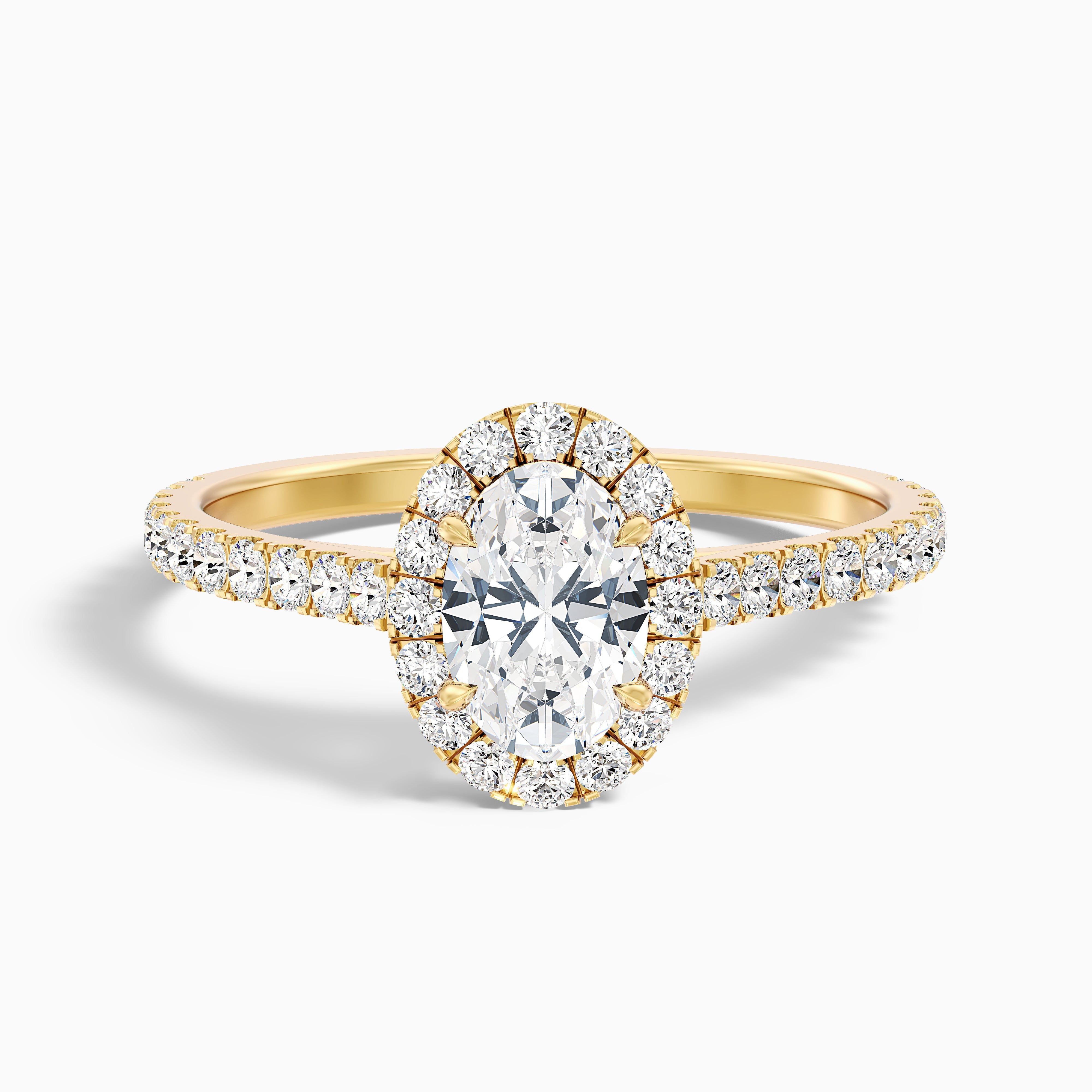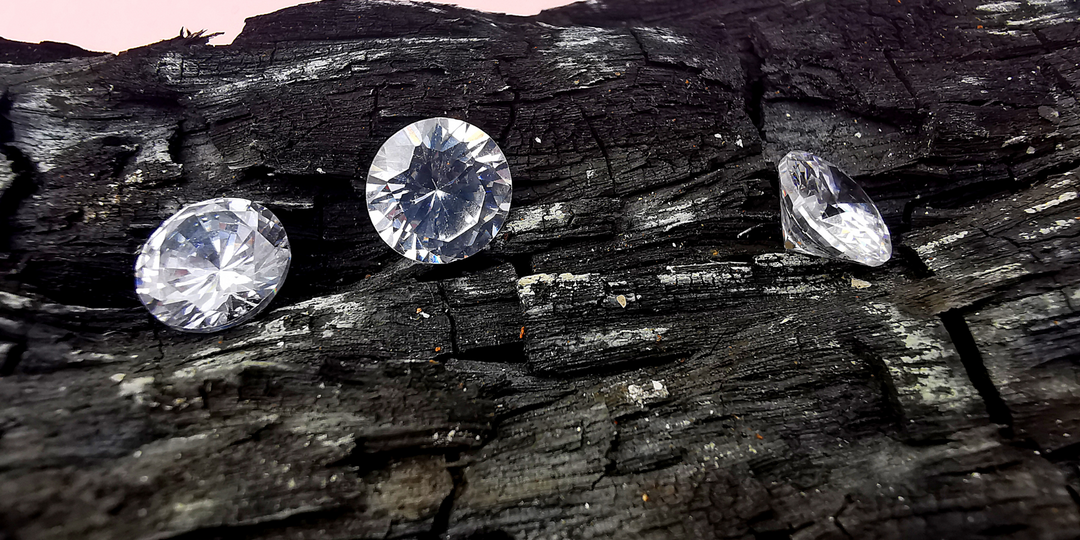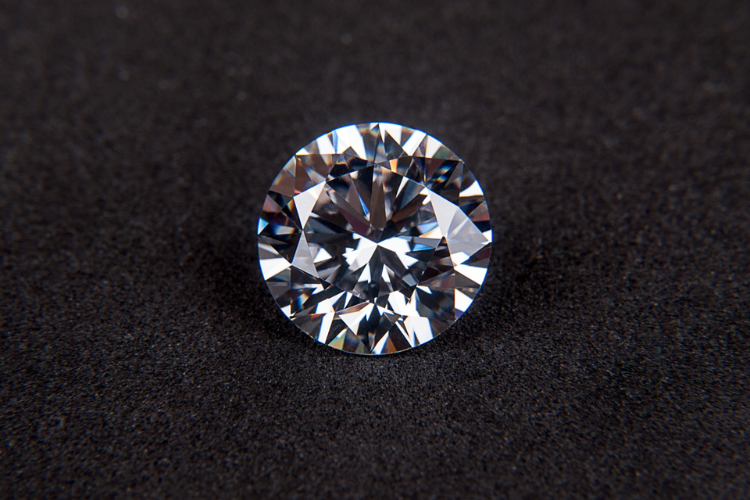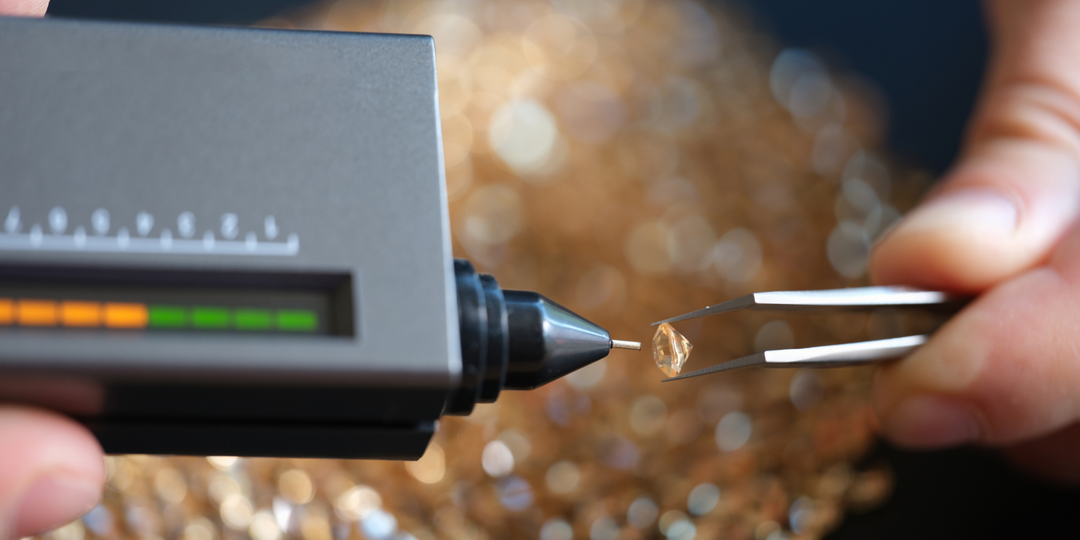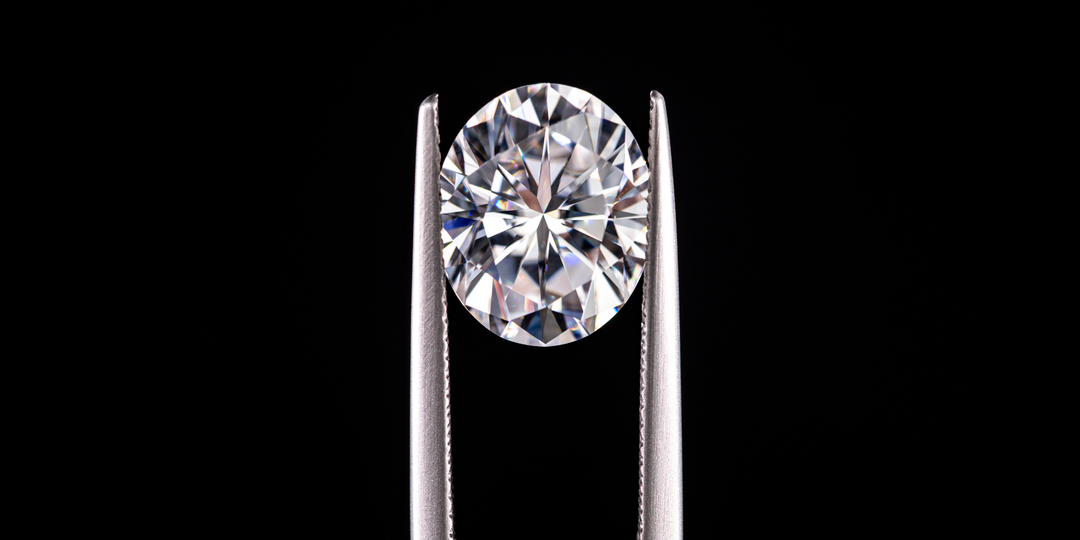What are the Types of Lab Grown Diamonds?
Introduction
In the last few years we have seen so many changes and advancements. Cars to planes, and from big factories with thousands of workers to today’s robotic factories, technology is reshaping industries. This isn’t limited to those industries, our diamond industry is also moving and evolving every day.
Natural diamonds take billions of years to form which causes environmental degradation and labor exploitation. So lab grown diamonds have emerged as a sustainable alternative to mined diamonds. This guide will go through the different types and what makes each one unique.
What Are the Different Types of Lab Created Diamonds
Lab grown diamonds come in many forms, each with its own properties and uses. These are made using technology that mimics the natural diamond forming process. By knowing the different types of lab grown diamonds you can make informed choices that fit your values and style.
Simulant Diamonds
Simulant diamonds are not real diamonds but look like them at a fraction of the cost. Good for sustainable fashion without the price tag.
1. Diamond Nexus Simulants
Diamond Nexus simulants are made with a proprietary formula that mimics the look and feel of natural diamonds. These stones are known for their brilliance and clarity. Good for eco-friendly jewelry shoppers. Although simulants are very durable and affordable.
Many fashionistas love Diamond Nexus simulants for their ethical production and looks. When considering these stones remember they are not as hard as real diamonds but still pretty tough.
2. Cubic Zirconia Simulants
Cubic zirconia is one of the most popular diamond simulants. Affordable and sparkly it looks like a real diamond. Used in fashion jewelry where cost is key.
Cubic zirconia is man made so is an ethical choice for those who care about sustainability. They don’t have the same hardness as real diamonds but are great for everyday wear and special occasions. Just handle it with care to keep it shiny and prevent scratches.
Related Read: Cubic Zirconia vs Lab Grown Diamond: Key Differences
3. Moissanite Lab Created Gemstones
Moissanite is another diamond alternative that looks like the real deal. It has incredible brilliance and fire and in some cases more than diamonds. Moissanite is lab created so it is an ethical choice and has minimal environmental impact.
Many jewelry lovers choose moissanite for its sparkle and durability so it’s great for engagement rings and fine jewelry pieces. While more expensive than other stimulants it’s still more affordable than traditional diamonds so a balance of beauty and budget.
Price Points of Nexus Diamonds vs. Cubic Zirconia vs. Moissanite Diamond
Sure! Here’s a detailed price comparison table for Diamond Nexus Simulants, Cubic Zirconia Simulants, and Moissanite Lab Created Gemstones, broken down by carat:
| Carat Weight | Diamond Nexus Simulants | Cubic Zirconia Simulants | Moissanite Lab Created Gemstones |
|---|---|---|---|
| 0.5 carat | $40 - $100 | $2.50 - $15 | $150 - $300 |
| 1 carat | $80 - $200 | $5 - $30 | $300 - $600 |
| 1.5 carat | $120 - $300 | $7.50 - $45 | $450 - $900 |
| 2 carat | $160 - $400 | $10 - $60 | $600 - $1,200 |
| 2.5 carat | $200 - $500 | $12.50 - $75 | $750 - $1,500 |
| 3 carat | $240 - $600 | $15 - $90 | $900 - $1,800 |
Cultured Diamonds
Cultured diamonds, also known as laboratory grown diamonds, are real diamonds created in laboratory under controlled conditions. They have the same chemical composition, crystal structure, and physical properties as mined diamonds but are produced through a scientific process with a lower environmental impact.
Cultured diamonds are free from ethical concerns such as child labor or conflict financing. Additionally, lab grown diamonds are more affordable than their natural counterparts.

1. HPHT Diamonds
HPHT diamonds are cultured diamonds created under high-pressure and high-temperature conditions, mimicking the natural environment where diamonds form deep within the Earth. Typically, these diamonds are grown from a diamond seed, serving as a template for the new crystal.
The seed is placed in a chamber where it undergoes extreme pressures and temperatures, prompting carbon atoms to crystallize into a diamond structure. This method yields diamonds that possess the same physical and chemical properties as mined diamonds, rendering them indistinguishable from their natural counterparts.
2. CVD Diamonds
Chemical Vapor Deposition (CVD) diamonds are created using a different process that involves breaking down carbon-containing gas molecules. This method allows for precise control over the diamond’s growth, leading to high-quality stones. CVD diamonds are known for their purity and exceptional clarity, making them a preferred choice for those seeking perfection.
These diamonds are typically more affordable than natural diamonds, offering great value for their quality. The CVD process also allows for innovation in color and customization, appealing to fashion-forward consumers looking for unique pieces.
What to Consider When Choosing a Lab Grown Diamond
When choosing a lab grown diamond there are many factors to consider. Each type has its own benefits so knowing what you want will help you choose the right lab grown diamond for you.
First consider the purpose of the diamond. If you’re looking for an engagement ring a cultured diamond like HPHT or CVD may be the way to go as they are authentic and durable. For fashion jewelry a simulant diamond like cubic zirconia or moissanite can look amazing without the price tag.
Next consider the ethics. Lab diamonds are generally more sustainable than mined but some methods may still have different environmental impacts. Make sure your choice aligns with your values for peace of mind.
Finally, budget plays a big part. Stimulants are cheaper so are good for those on a budget. But if you want the real diamond experience without compromising on quality cultured diamonds are the best of both worlds.
Conclusion
Lab grown diamonds provide a dazzling array of options for those interested in sustainable and ethical jewelry. Understanding the different types of lab produced diamonds can empower you to make informed choices that reflect your values and style. Whether you opt for simulants or cultured diamonds, each offers unique benefits tailored to various needs and preferences. Explore these options and find the perfect diamond that aligns with your lifestyle and commitment to sustainability.



